It had already happened this summer in Rome, when Carlo Calenda wanted to get his hands on the Capitoline Museums, with the idea of dismembering them to make a mega-museum of only Roman antiquities by bringing together the collections of several municipal and state museums. It seems that lately election campaigns cannot help but bring up scientifically impractical museum projects: so it happens that in Carrara the current 5 Star Movement administration proposes to dismember the Marble Museum in order to move part of it from its current location to a building in the historic center, Palazzo Pisani. To modernize it? To respond to an enlargement of the collections? For very urgent and unavoidable needs? None of the above: the move would be exclusively motivated by tourist reasons. “This choice,” said the Carrara-based Pentastellated council group, “stems from a precise analysis: the tourist who currently visits the marble museum stops at the Stadium, an area far from any other point of interest, then climbs back into a car or bus, heads to the quarries, and when the tour is over leaves the area. A museum that can be visited in the historic center, connected in a route that goes from Piazza Alberica to Palazzo Pisani (home of the new Marble Museum), Palazzo Rosso (future home of the Accademia di Belle Arti’s plaster gallery, another project of this administration) continuing with the Accademia itself, but also Palazzo Binelli, Palazzo Cucchiari all the way to MUDAC, would bring tourists to stop and visit the museums, squares, and monuments that have returned to their former glory thanks to the many cleaning and restoration efforts made in recent years and the many that will start soon.” Side note: the Stadium area is a five-minute drive (2.9 kilometers) from the historic center.
The Marble Museum, Carrara’s first public museum, has been housed, since its opening in April 1982, in a beautiful building constructed between 1962 and 1965, designed by Dante Petrucci and Ezio Bienaimé, in an area of the city about three kilometers from the historic center. Initially designed to house the National Marble Exhibition, it was then home to the International Marble and Machinery before regaining its exhibition vocation and finally becoming, under the coordination of Enrico Dolci who conceived its museological project, the site of the city’s first museum, entirely devoted to the history of marble, and arrived over time to count several sections (the one on geology and the evolution of the territory, the rooms of Roman archaeology with works and artifacts from the territory, the beautiful room of the Felice Vatteroni donation, the room of innovative experimentation with design works from the 1960s, the section of industrial archaeology and those illustrating the stages of processing, as well as the most important marble library in Italy). The building itself is one of the most interesting Italian examples of organic architecture: created for temporary exhibitions, it was later rearranged and transformed to adapt to the needs of a permanent collection (below is a series of photographs taken in the past few hours to give an account, for those unfamiliar with it, of what the Marble Museum is all about). Instead, the hypothetical new home is a 17th-century aristocratic mansion, heavily remodeled in subsequent centuries, long home to municipal offices and city associations, and in the process (and waiting) to undergo a rehabilitation project that would lift it from its long-standing decay.
The idea of the Pentastellati is to leave the sections of Roman archaeology and industrial archaeology in the current location, and allocate the rooms freed from the other sections “to compatible activities such as high-level training and the exhibition of valuable projects related to marble, also with the aim of making the structure economically self-sustainable.” It should be noted that we are talking about a city where the three civic museums posted a combined total of 16,151 visitors in 2019 (with the Marble Museum and the Museum of Contemporary Art dropping double digits compared to 2018, and CARMI saved just by the shenanigans over Canova, which grew its visitors from 5,015 in 2018 to 8,119 in 2019). Basically, a museum system that averages just over five thousand visitors per institution, and the 5-Star council group, in this situation, fabulates about “economically self-sustainable” museums. Better to gloss over. Instead, everything else will come to Palazzo Pisani, and the move will serve, say the project’s drafters, “to create in the heart of the city a narrative of its history using marble as a medium.” Now, the proposal to move the Marble Museum to Palazzo Pisani meanwhile would deprive the city of a museum for a long time: it would take years to retrofit Palazzo Pisani as the new home of the Marble Museum, so even for the much-needed tourist flows a long wait will be inescapable. But beyond that, it is an unpresentable proposal anyway, and if pursued with the intention of bringing tourists to the historic center it also becomes dangerous and anti-scientific, as well as useless. In essence, an idea from the no-vax of culture, from the terrapianists of museology, and this for scientific, historical, managerial and also touristic reasons.
On the scientific reasons: it should be reiterated that a museum is not like the dining room in one’s home, which one can redecorate at will by moving the furniture elsewhere. A museum always responds to a scientific project that many times is inseparable from its location, especially if it is then historically linked to that location, as we have seen and as will be better specified later. In this case we are talking about a museum that has a collection linked to rooms designed and adapted specifically to preserve precious testimonies, starting with the marble collection, which is inextricably linked to the context that hosts it, but the same could be said for the industrial archaeology section, which, moreover, for its external parts cannot be brought to the center. And what then is the logical and scientific sense of keeping, in the current location, the Roman archaeology section and the industrial archaeology section, while removing everything else? The fact that both contain the word “archaeology” is not a valid criterion. Moreover, these are issues that, in recent times (since the proposal to move the Marble Museum has been cyclical) have been well pointed out (and much better than the writer is doing) by experts such as Enrico Dolci and Pietro Di Pierro, and once in a while one might as well listen to the competent people: it does not only apply to Covid but also to museums, which are not trinkets to be changed to the east. Then, the transfer of a museum to another location is something that is rarely done, and it is done only for well-founded reasons. For example: a location that is no longer suitable to house a fast-growing collection (and this is not the case with the Marble Museum), or a location that is no longer suitable because it is dilapidated (and this is not the case with the Marble Museum), or even because the museum’s needs have radically changed (for example, due to large influxes of visitors that make a previous location no longer sustainable or safe... and this is not the case with the Marble Museum). And usually, when a decision is made to move a museum as important as the Marble Museum, a new location is planned from scratch: it is very difficult to intervene on a different existing location for such a large collection.
As for historical reasons, it should be recalled that in April 2022 the Marble Museum will celebrate its 40th birthday. As recalled, it was Carrara’s first public museum and has been located in the pavilions on Viale XX Settembre since 1982. The people who had worked on the project had also chosen the current location in continuity with the National Marble Exhibition held there in the 1960s, having already proven to be a suitable building for the purpose: moreover, Dante Petrucci is also the same architect who designed the Town Hall. So there is also, if you will, a kind of overlap between the image of the Marble Museum and the city’s idea of itself. You see the Marble Museum, and you think back to Carrara’s history of those years. Of course, we are not talking about the Capitoline Museums or a museum with a centuries-long history, but celebrating the museum’s 40th anniversary with a dismemberment to move a part of it to a 17th-century aristocratic mansion, completely out of context, is perhaps not the best way to pay tribute to it. Moving it to Palazzo Pisani would mean, in short, erasing forty years of history. It would be a reasonable operation only if there were serious and urgent reasons for doing so, and hoping to bring more tourists to the center is obviously not a serious and urgent motivation. I certainly do not want to argue that the Marble Museum is a perfect museum: it is not. There are many nuances between semi-abandonment and dismemberment, though.
Management reasons: in this case it should be remembered that museums do not exist because of tourists alone. Certainly, tourism is an important component of the museum landscape, but it is not the only one and often not even the predominant one. Based on attendance, one of the most recent museology textbooks, Falletti-Maggi, identifies four types of museums: the leading museum (lots of audiences, both local and tourist, very loyal), the iconic museum (lots of audiences, mostly tourist, not very loyal), the local blockbuster (lots of audiences, mostly local, very loyal), and the marginal museum (not much audience, and not very loyal). Before making decisions that might turn out to be unsuitable, has a study been made of the Marble Museum’s actual and potential audience, or will the dismemberment be decided just like that, because it turns us around to move it? The Marble Museum is primarily an area museum, yet there are Carrara residents who have not visited it since their sixth grade field trip. So wouldn’t it be a good idea to think, first of all, about how to make it more attractive to the community? Because if the political management of the museum remains the same, you could have Frank Gehry design the venue as well, but the audience will remain the same (maybe, let’s grant it, there may be a few more at the beginning to see the novelty).
Finally, the tourism reasons: the council group talks about a “precise analysis.” By whom was it done? Was it entrusted to a firm or consultant experienced in tourism flows? Has the potential of the Carrarese museum system been adequately analyzed, has an accurate survey been carried out on strengths and weaknesses, threats and opportunities? Is there in-depth data on the composition of flows, the interests of those who visit Carrara, the most and least obvious critical issues? While we wait to find out, we can start with what can be empirically detected: an unattractive Marble Museum for tourists does not suddenly become attractive because it is moved to the historic center. It remains an unattractive museum moved a little further away. Otherwise, Cesenatico’s Maritime Museum, also very interesting and well organized, would make more visitors than the Louvre. And the historic center of a town like Carrara, which after a certain hour has a movement similar to that of a remote village in the Carpathians, does not suddenly become the Riccione of the Tyrrhenian Sea just because a museum has been moved. It is not a problem of location: it is a problem of motivation. People who visit the Marble Museum right now are not tourists who happen to be there by chance; they are visitors who know exactly what to see, and if they want to go to the historic center, they go there. It is a highly specialized museum: it is not a big attractor, and visitors go to see it either because they are very interested or because they are already in the area, maybe they already know the city center, and if they have time they go to the Marble Museum. It probably does not have the attractive potential of the Mart in Rovereto, where one goes there on purpose after which, if one has time and inclination, one visits the city. To think otherwise is a bit like believing that one goes to Chianti because there is the Museum of Sacred Art in San Casciano. No: usually one goes to Chianti for something else, and then while one is there, if one has time, one also visits the Museum of Sacred Art of San Casciano, whereas if one goes only for the museum but the rest interests little, one sleeps perhaps in Siena or Florence in the evening.
With a hypothetical move to Palazzo Pisani, the visitor who cares nothing about the city will, as soon as the visit is over, take the car and go back the way he came. Indeed, maybe he will even address some insults to the administrator because he has divided the museum into two parts, one of which is three kilometers away from the other, and wasted his time. The Marble Museum does not have the strength to drag the entire city, unless we come up with something new every six months that will bring the public to return often and stay willingly (but this reasoning can be made for any city space, starting with CARMI, which would potentially be much better suited for the purpose). Let’s break the news: Carrara’s historic center is already overflowing with attractive centers. Academy of Fine Arts and Gipsoteca, Museum of Contemporary Art, Palazzo Cucchiari, Palazzo Binelli, CARMI, Vôtre space, Teké Gallery, the artists’ studios, Via San Piero and the “Adopt an Alley” projects. There is a very high amount of spaces for a historic center where about seven thousand people live, with a variety that is moreover surprising, because there one can find ancient art, contemporary art, nineteenth- and twentieth-century art, street art, local artists. Does it make sense to throw another museum into the mix? No: because if tourists do not come to Carrara despite this offer, then the problem is not the offer. Does the local government want to do the Marble Museum a favor? Before moving it, start by providing it with a directorate (of the three Carrara museums it is the only one without a director), and if that is not possible you could at least provide it with a decent website (at the moment the potential visitor searching on Google will be confronted with an indecent little page on the municipality’s website: in so many years has no one thought of remedying this situation, unacceptable in 2022 in a city like Carrara?), and maybe even an updated catalog, since the last one dates back to 2006, and there have been no small changes since then. Let’s start with the basics in short! That would be a nice birthday present.
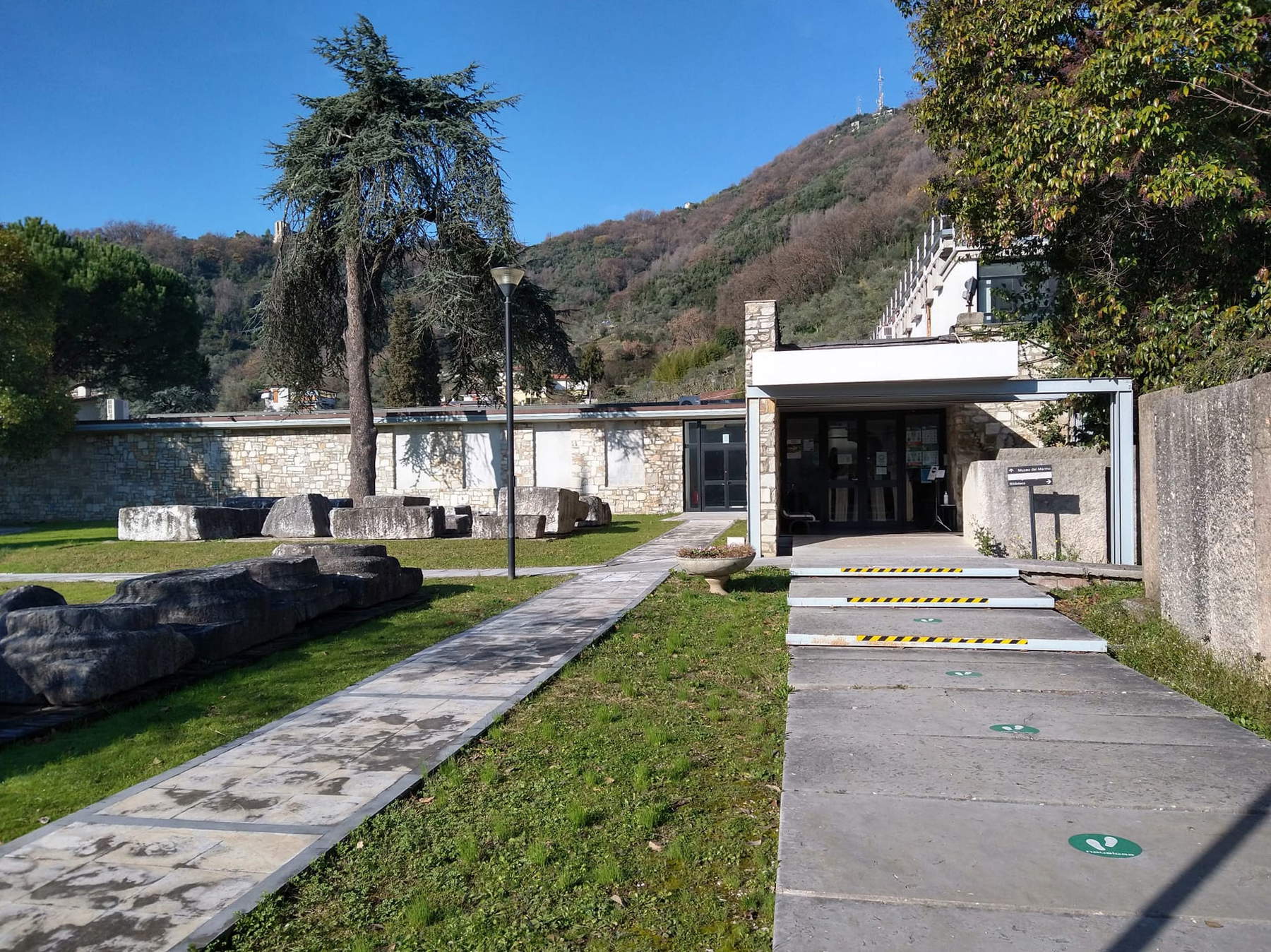
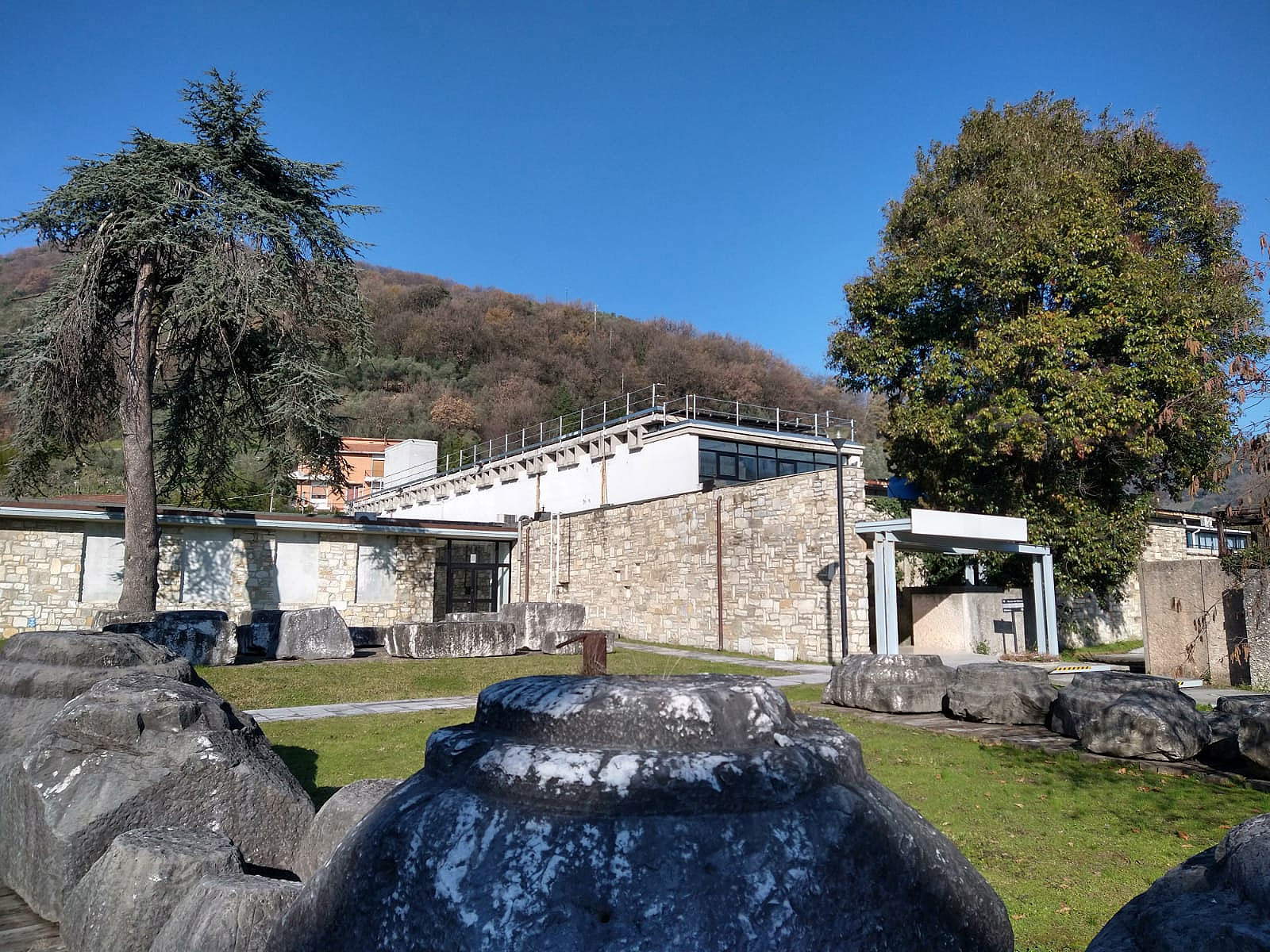
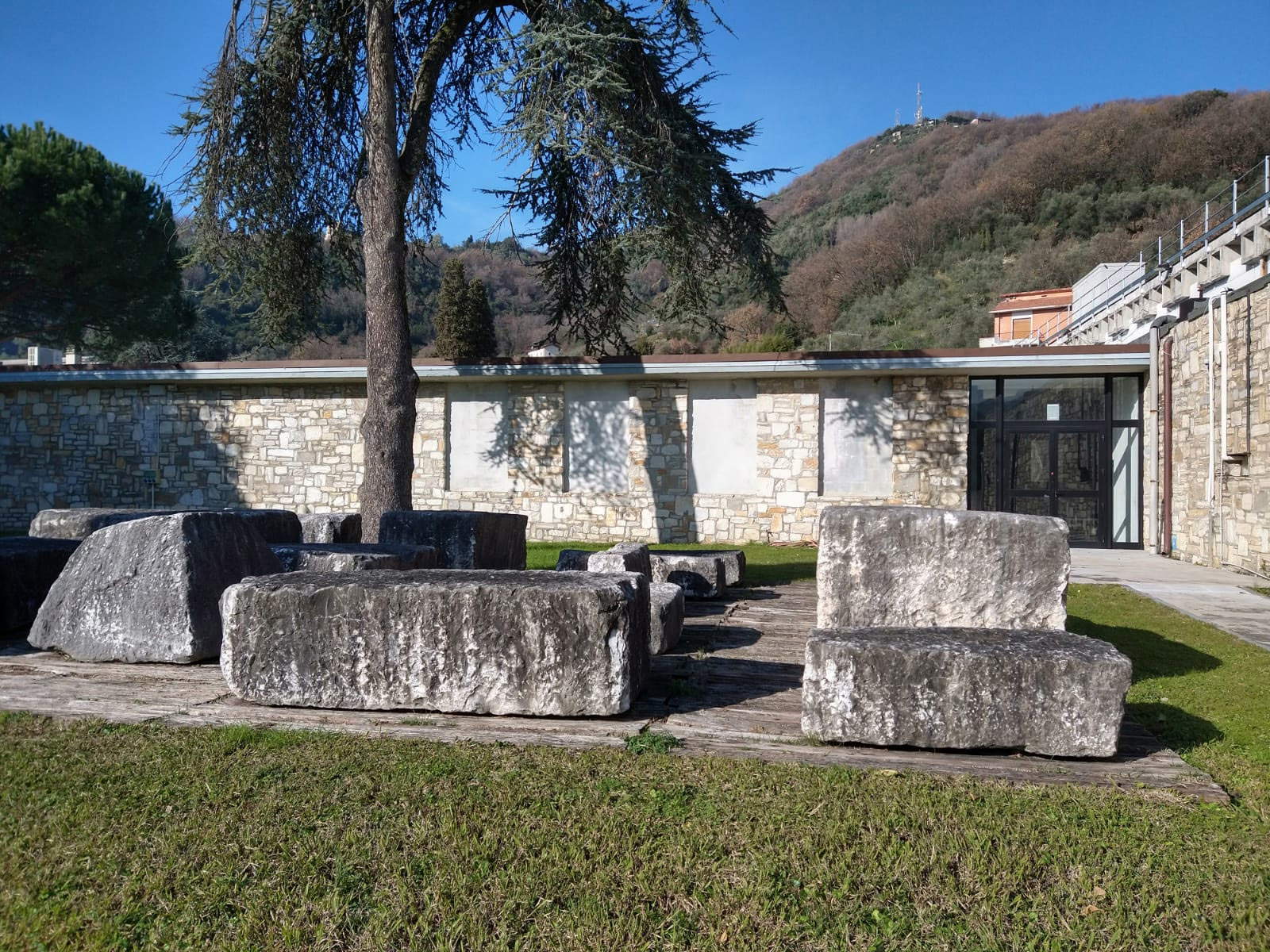

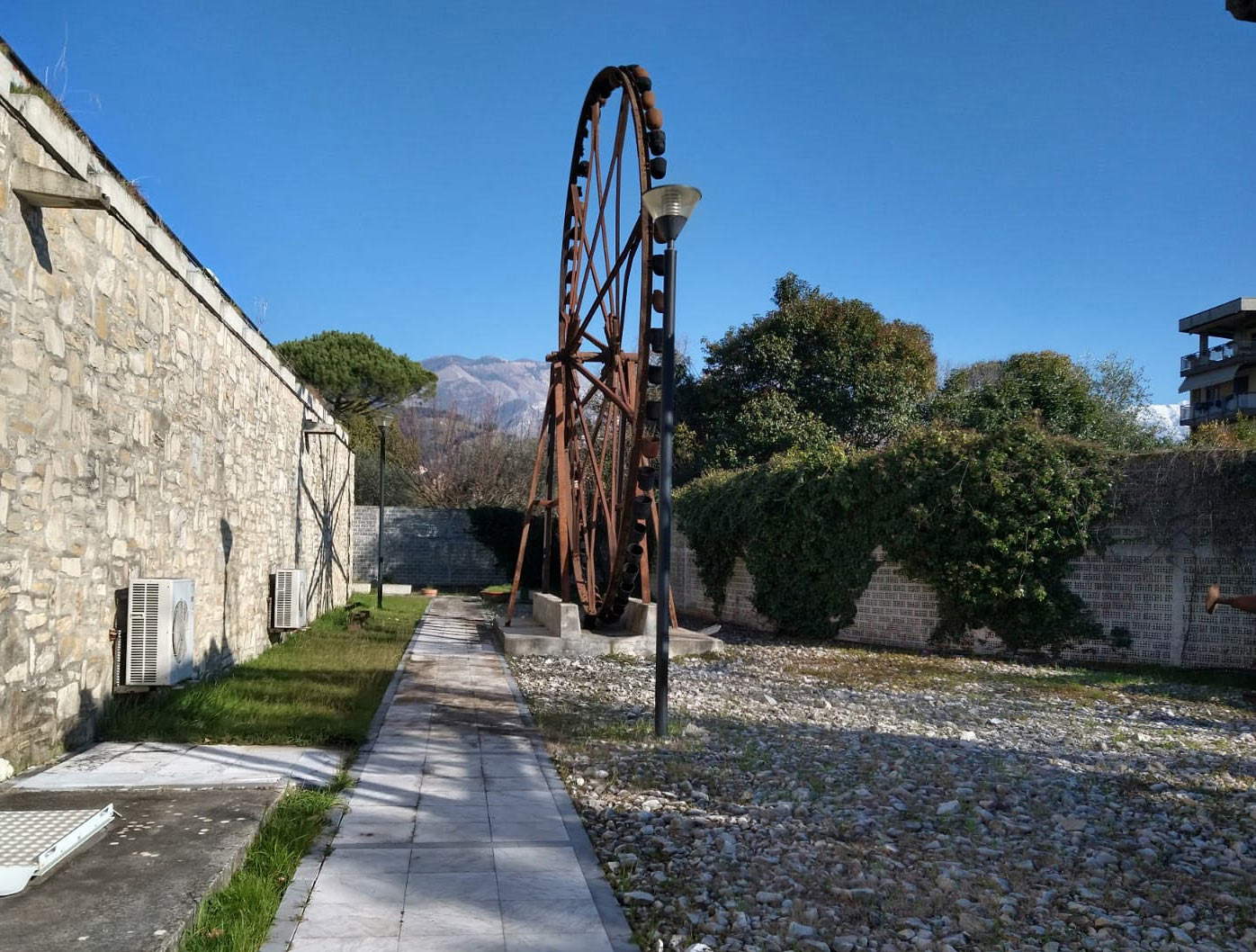

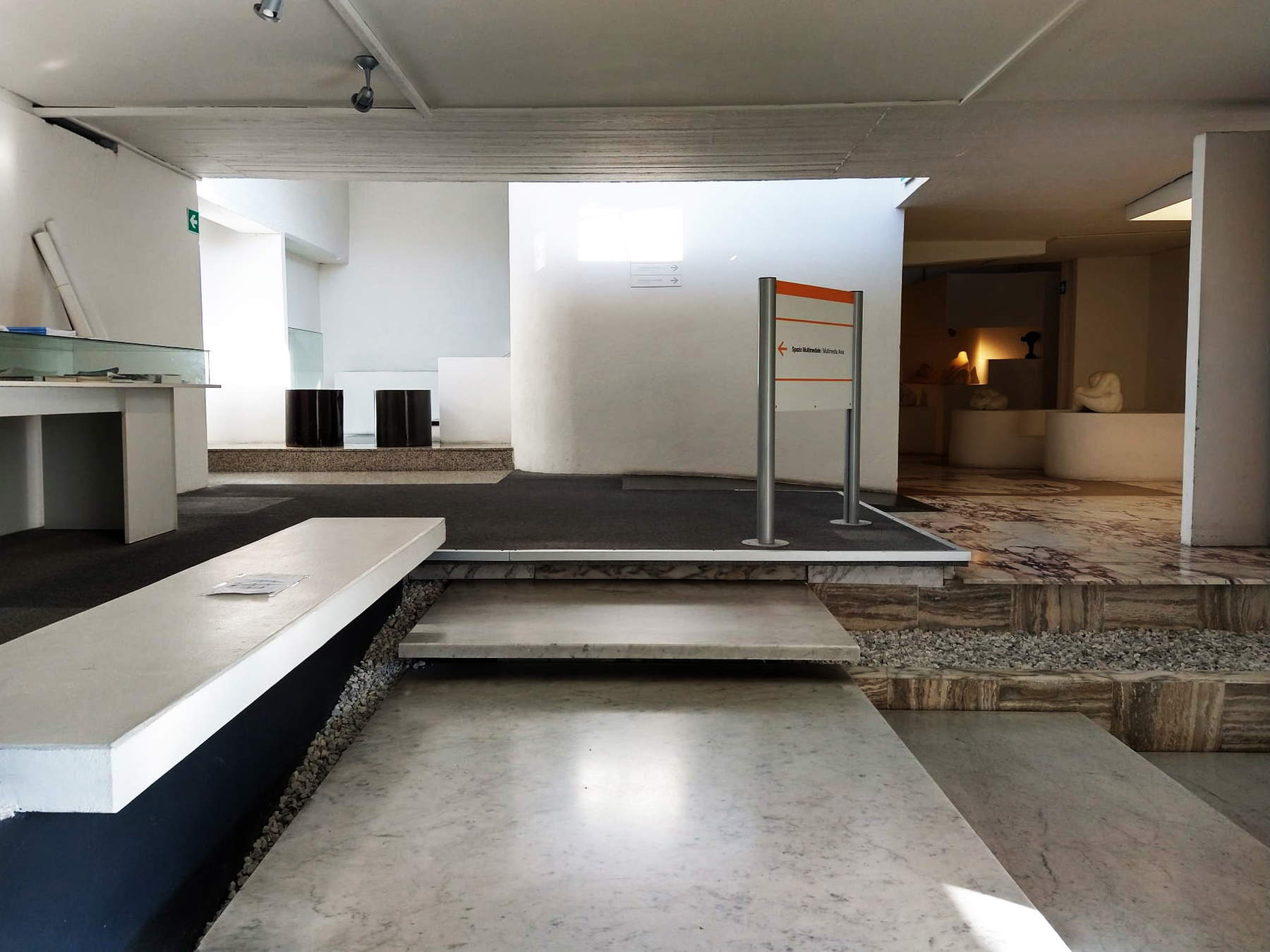
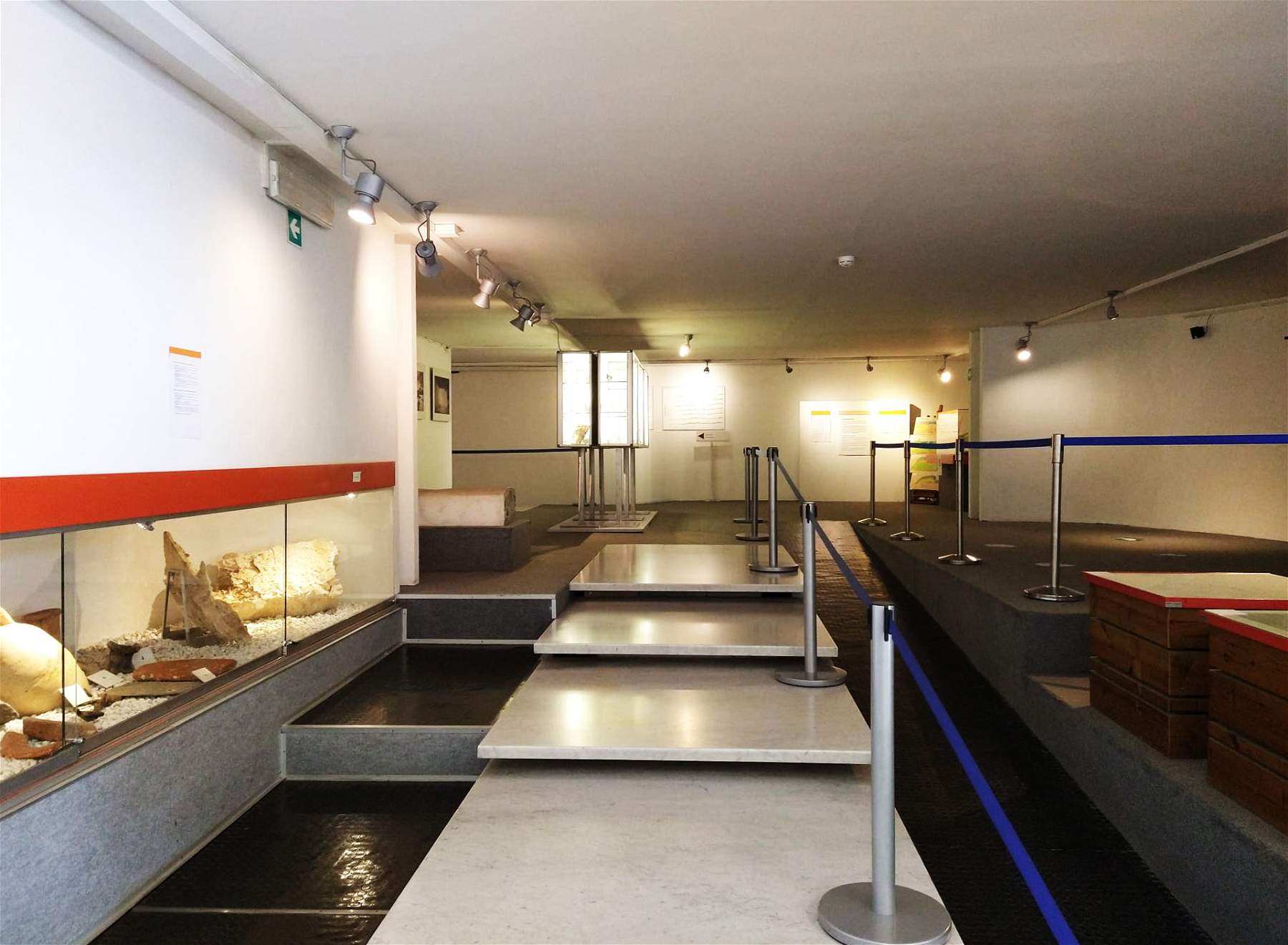
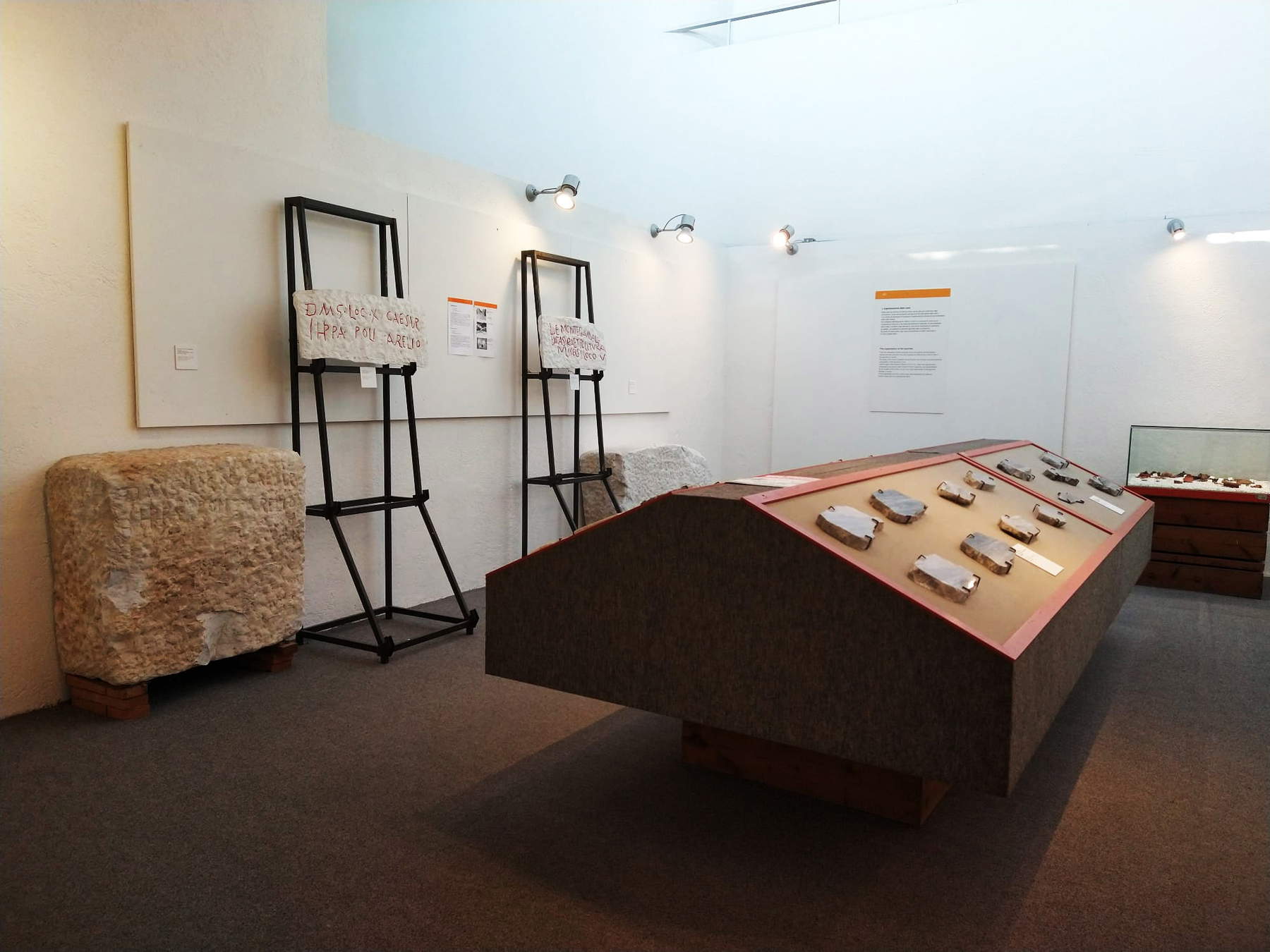
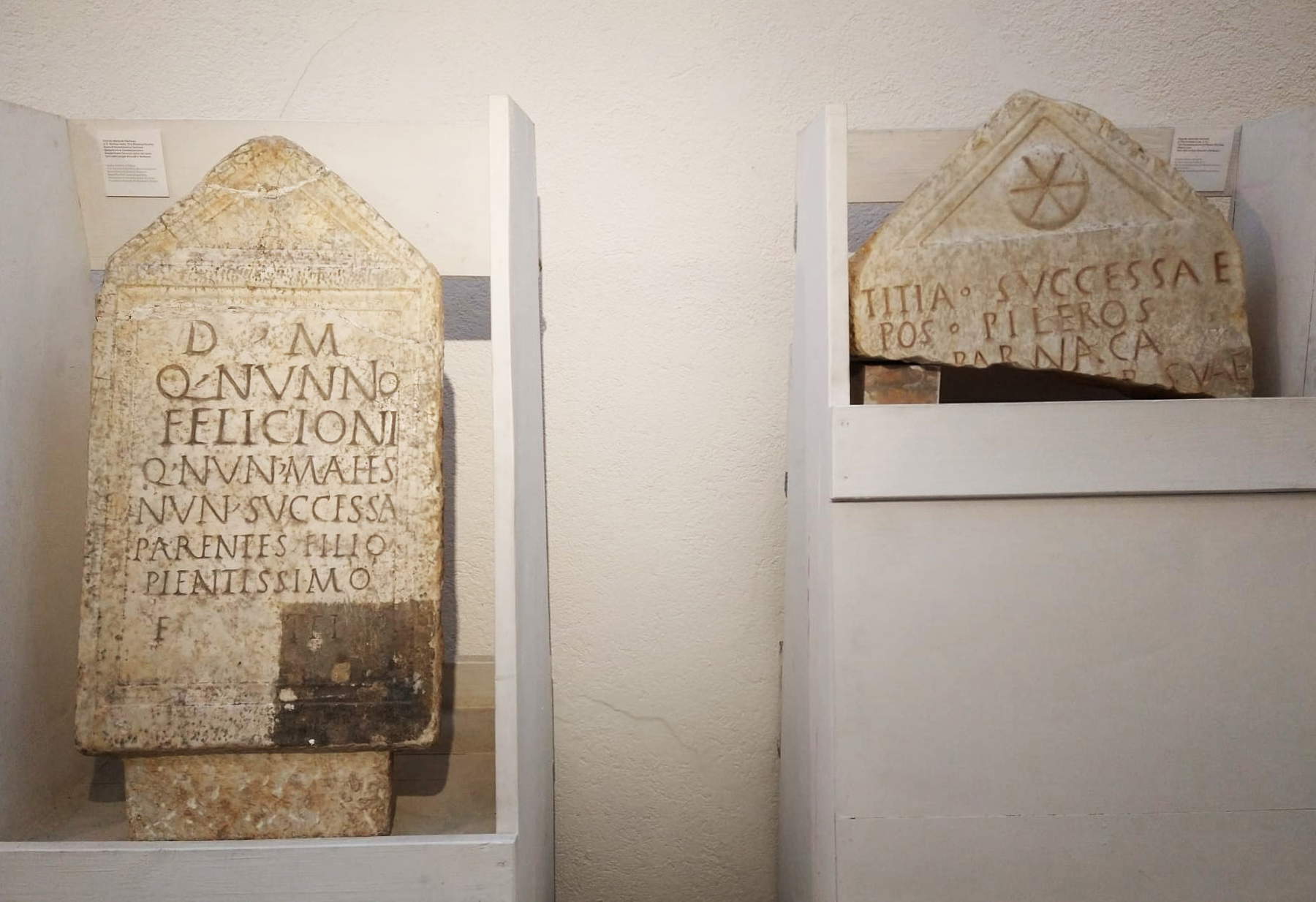
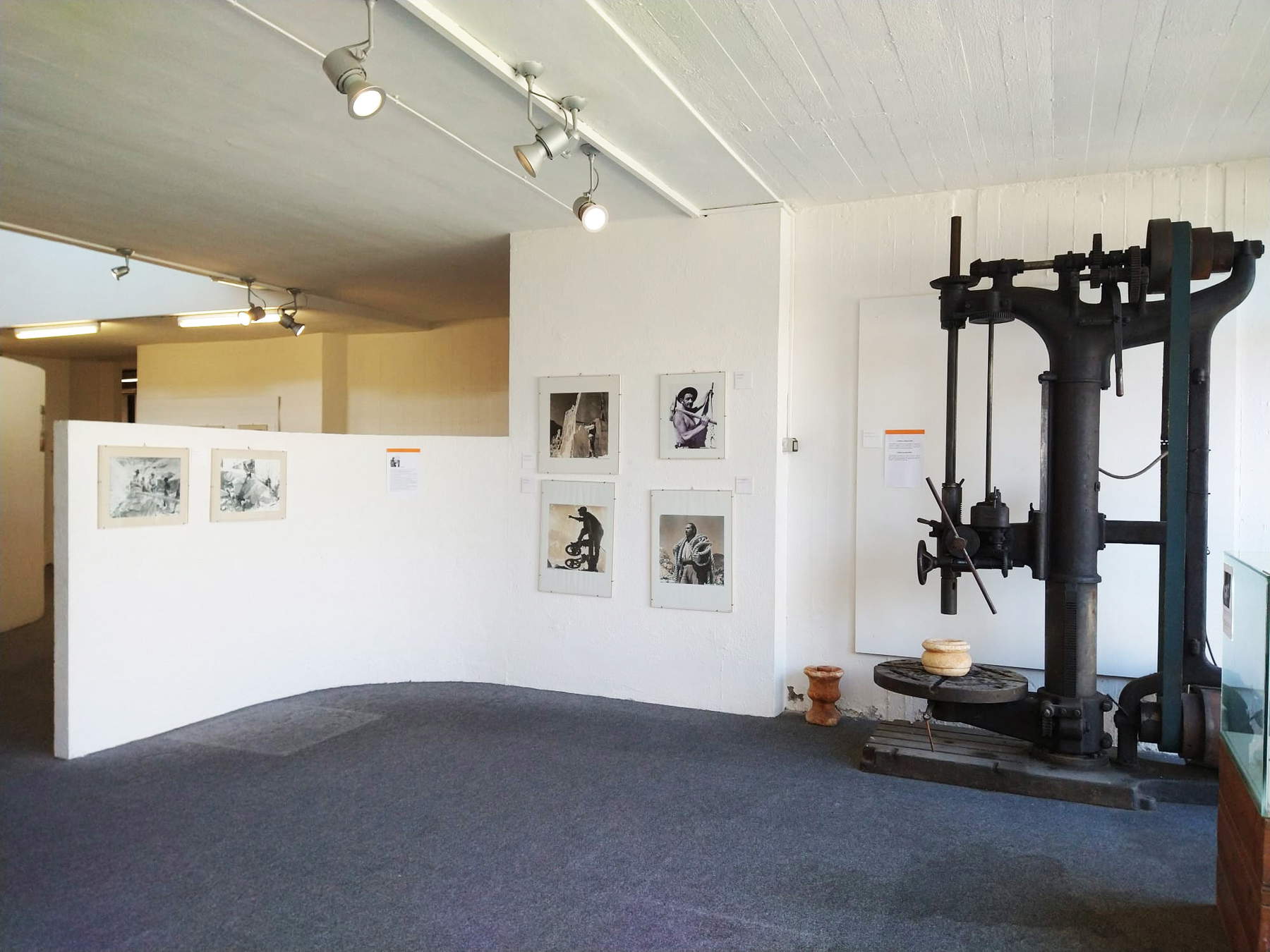
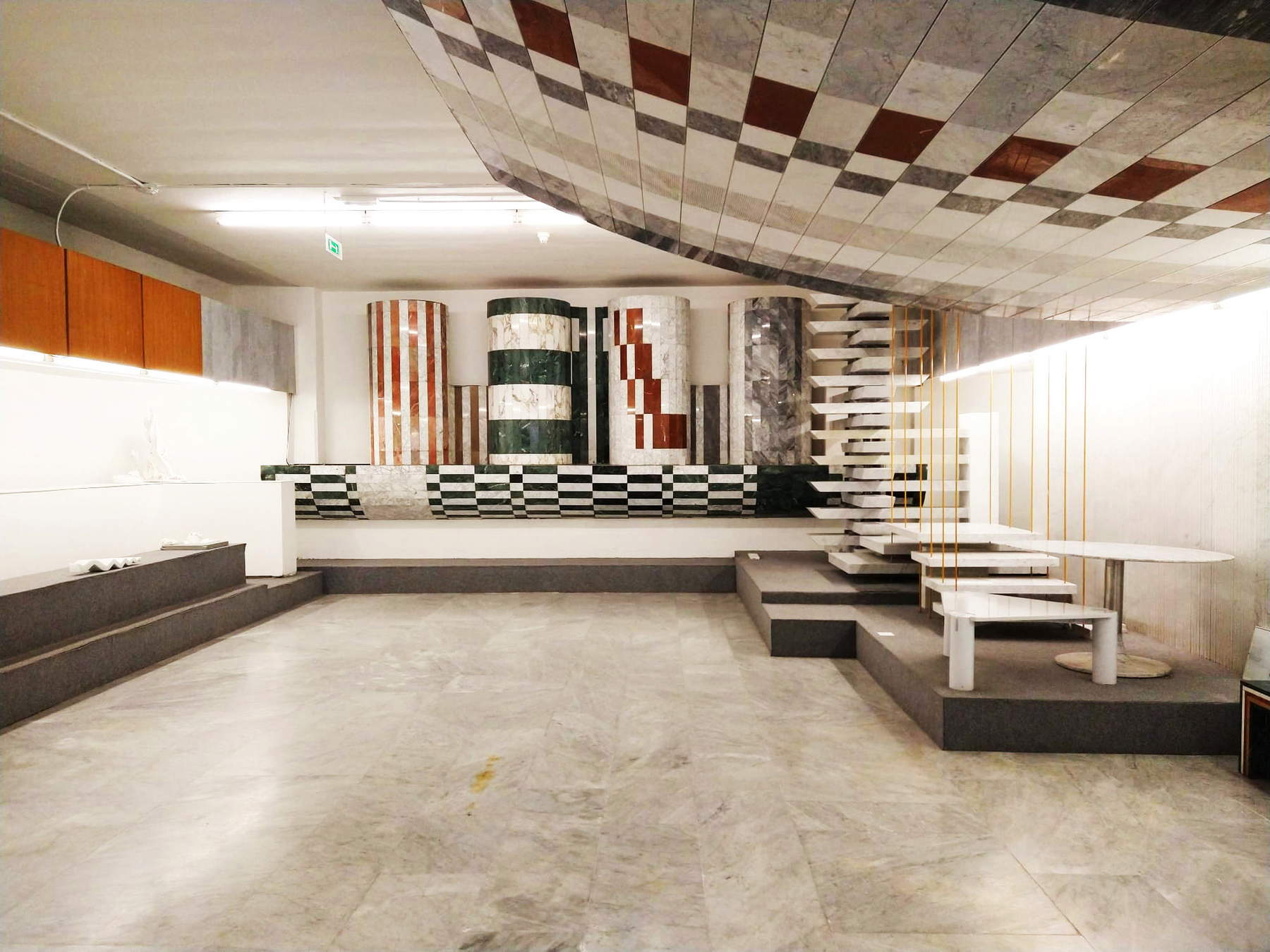



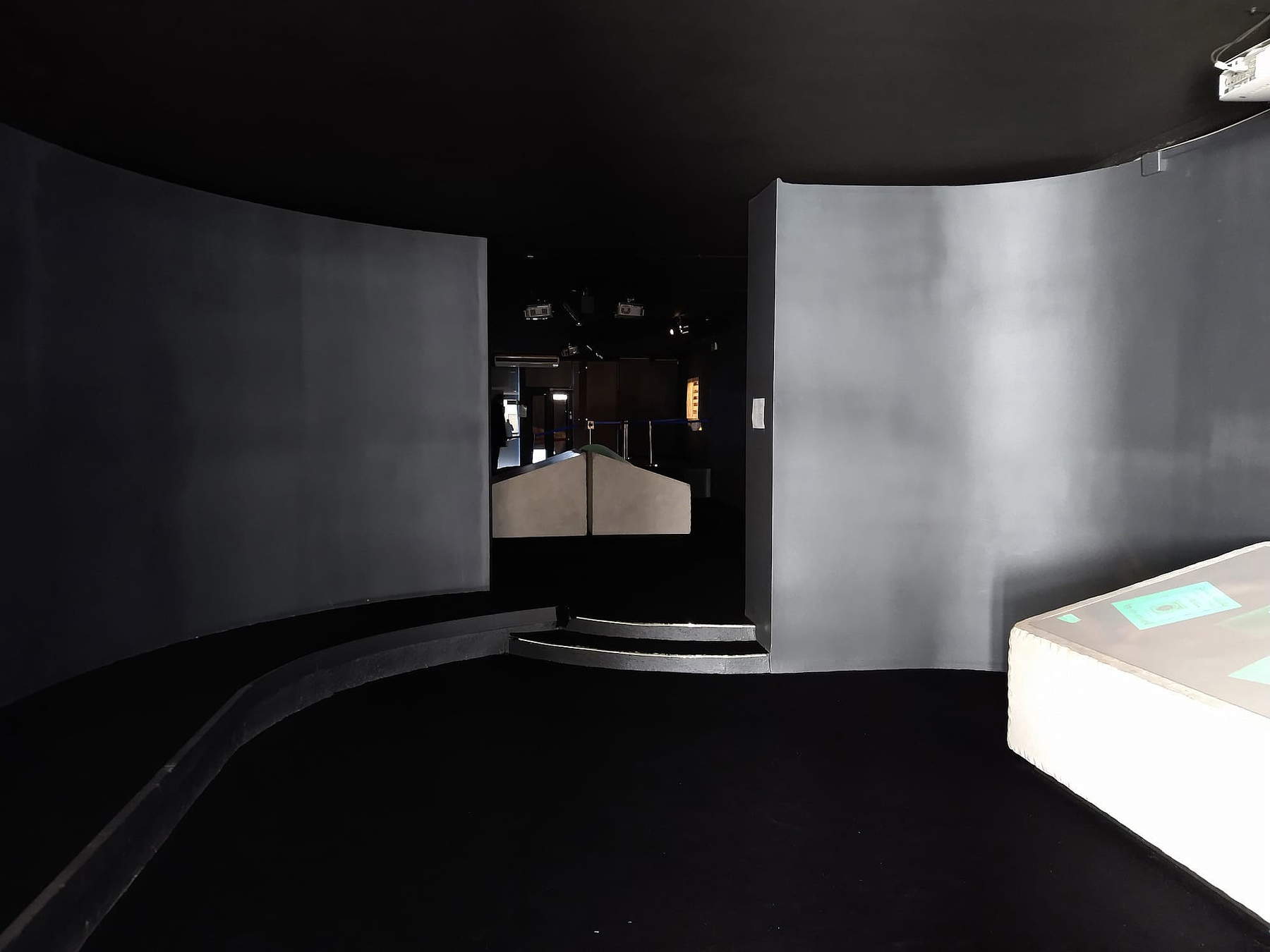

The author of this article: Federico Giannini
Nato a Massa nel 1986, si è laureato nel 2010 in Informatica Umanistica all’Università di Pisa. Nel 2009 ha iniziato a lavorare nel settore della comunicazione su web, con particolare riferimento alla comunicazione per i beni culturali. Nel 2017 ha fondato con Ilaria Baratta la rivista Finestre sull’Arte. Dalla fondazione è direttore responsabile della rivista. Nel 2025 ha scritto il libro Vero, Falso, Fake. Credenze, errori e falsità nel mondo dell'arte (Giunti editore). Collabora e ha collaborato con diverse riviste, tra cui Art e Dossier e Left, e per la televisione è stato autore del documentario Le mani dell’arte (Rai 5) ed è stato tra i presentatori del programma Dorian – L’arte non invecchia (Rai 5). Al suo attivo anche docenze in materia di giornalismo culturale all'Università di Genova e all'Ordine dei Giornalisti, inoltre partecipa regolarmente come relatore e moderatore su temi di arte e cultura a numerosi convegni (tra gli altri: Lu.Bec. Lucca Beni Culturali, Ro.Me Exhibition, Con-Vivere Festival, TTG Travel Experience).
Warning: the translation into English of the original Italian article was created using automatic tools. We undertake to review all articles, but we do not guarantee the total absence of inaccuracies in the translation due to the program. You can find the original by clicking on the ITA button. If you find any mistake,please contact us.